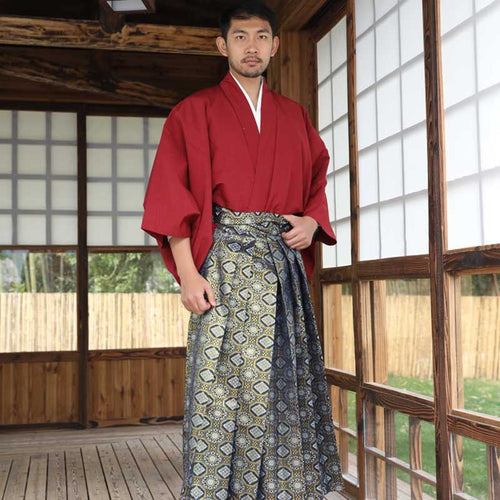Hakama Pants

Dominate art and style with Hakama Pants, essential for Aikido, Kendo and Iaido practitioners
Japanese Hakama Pants are designed for Aikido, Kendo and Iaido practitioners. But also for all those who seek to infuse their daily lives with a spirit of discipline and elegance. Their traditional cut favors total freedom of movement, essential for the precise execution of techniques.
Perfectly matched with a keikogi, a shinai, or even to wear for traditional ceremonies, Japanese Hakama pants are a key part of your equipment, allowing you to practice with pride and confidence.
- 100% cotton with a heavy, high-quality weight
- Traditional Japanese martial arts garment
- Package does not contain Shinai (wooden katana)
- Get a complete outfit by ordering the Hakama and Keikogi set with Japanese motif
Shipping Information
ORDER PREPARATION
Between one and two days
DELIVERY TIME
🇺🇸 & 🌐 : seven to fourteen business days
14-Days Guarantee
You have 14 days to return your item. Please contact us first via the contact form or by email: info@kimurakami.com. The after-sales service will tell you the return process.
Track My Order
Track the progress of your order by clicking here.
Check your parcel directly on the carrier's website.
Tracking information will be available approximately 6 days after receipt of your tracking number.












